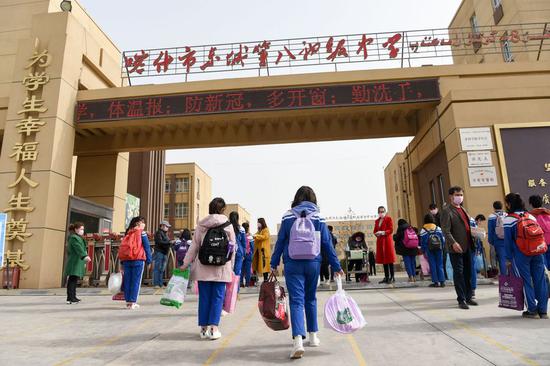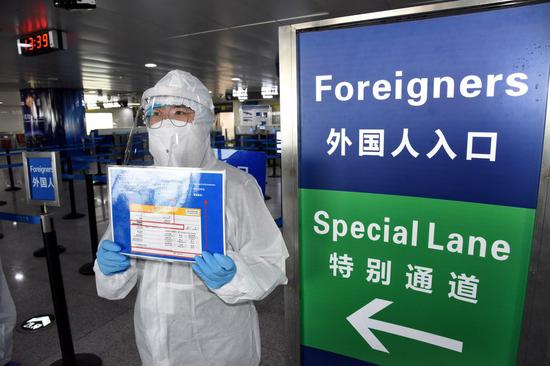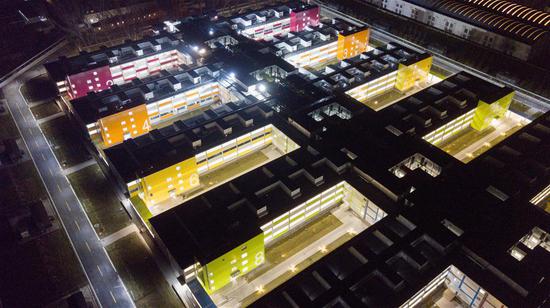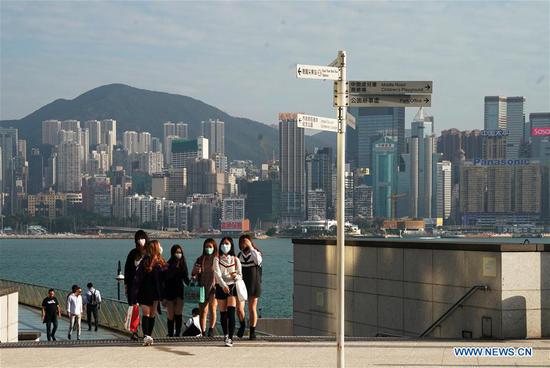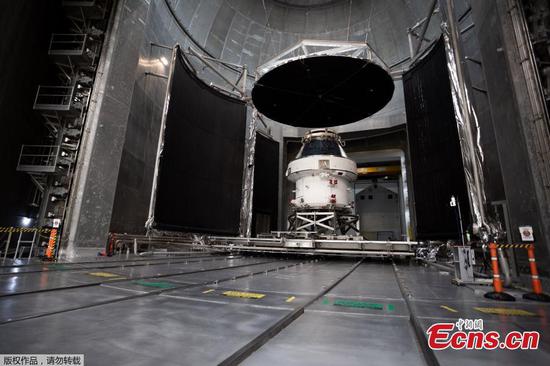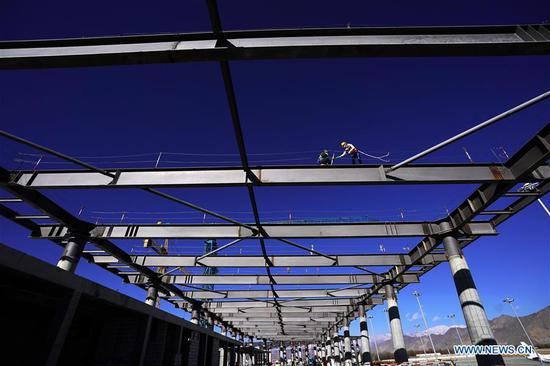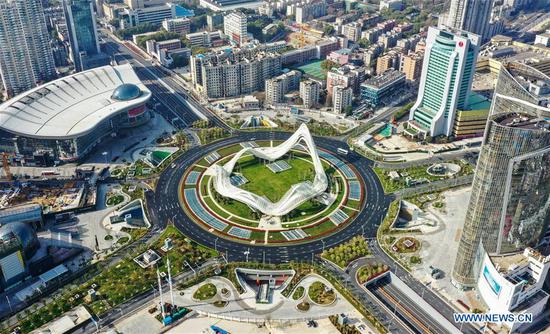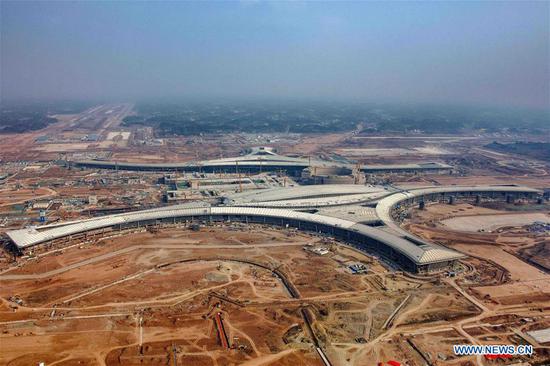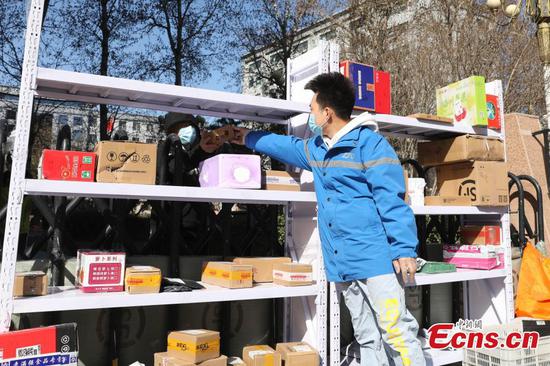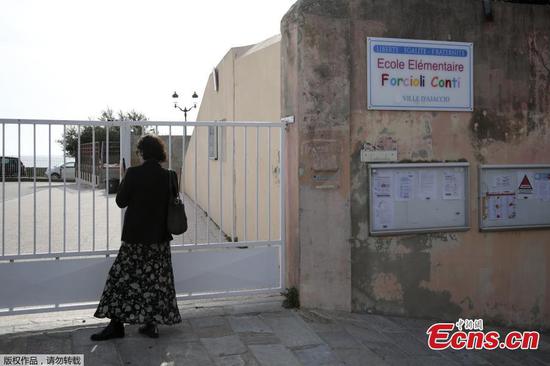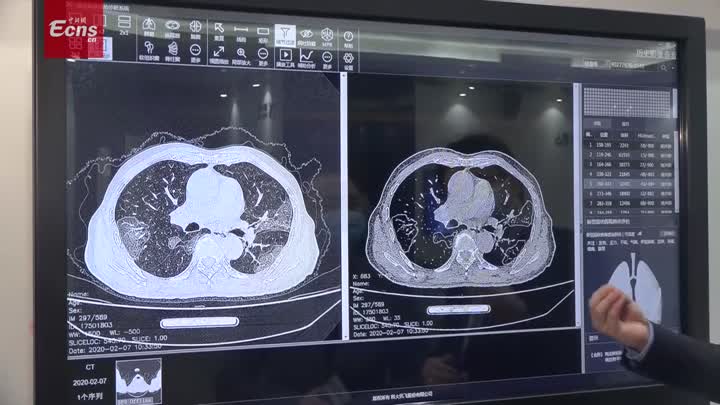China is launching a "New Infrastructure" campaign to offset the economic impact of the coronavirus pandemic and boost sustainable growth.
The country is often quick to respond with massive investment to shore up growth when facing economic difficulties. But this time, instead of a massive infrastructure overhaul, China is seeking more targeted investments in projects that facilitate innovation and social development.
Those "New Infrastructure" projects are focused in seven areas: 5G networks, industrial internet, inter-city transportation and inner-city rail systems, data centers, artificial intelligence, ultra-high voltage, and new energy vehicle charging stations.
Many of these next-generation areas were mentioned at a meeting of the Communist Party of China Political Bureau Standing Committee on March 4 and earlier policy meetings in February.
"We notice that the new infrastructure campaign is a very hot topic. The new infrastructure is different from the old one. More intelligent, smarter and more digital," said Gu Feng, co-founder & CEO of AIWAYS Automobile, a Chinese EV producer.
Local governments have responded quickly. Twenty-five provincial-level regions have put new infrastructure projects in their government work reports, with 21 intending to advance 5G network construction.
Policy incentives have guided market funds into the sectors, but the government is also expected to encourage new infrastructure via special bonds, public-private partnerships, and credit support.
Gu said his company will install over 1,000 public charging stations across the country. He also called for more policy upgrades for building EV charging stations.
"The coronavirus has impacted the Chinese economy significantly. In terms of EV charging poles construction, this situation must be delayed to some point. But it shouldn't be the stumbling block for the move, as the installation of the charging poles has been a long-term plan," he told CGTN.
According to Gu, "The relatively-significant delay might be because of regional supporting policies, such as how to get the approval to build charging poles in residential communities, the power expansion, the unified management of public parking lots, which urges for more specific policies to be carried out.”
China's leading broker Guotai Junan Securities estimates that "New Infrastructure" investment will be about 100 billion yuan (about 14.2 billion U.S. dollars) of the country's massive 17-trillion-yuan (around 2.4 trillion U.S. dollars) Public-Private Partnership projects.
For now, the economical boost is limited, but innovation and digitalization are irreversible trends. And its future growth potential and positive effect on other sectors could be enormous.
Although the investment scale of China's "New Infrastructure" is a relatively small part of the country's overall infrastructure investment, it represents the future. And investment in the future is never too early.









